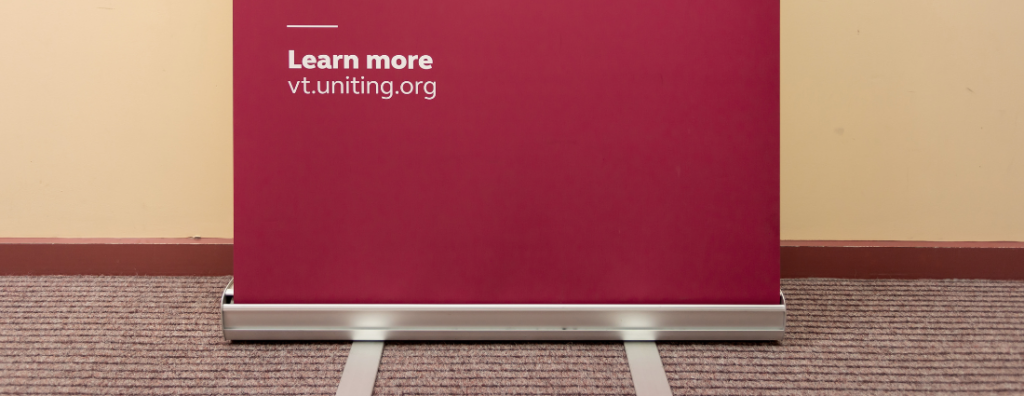If you’re looking for a portable way to market your business or announce your presence, a pull-up banner is a convenient and …
Cart.
Matte vs. gloss lamination: choosing the right finish.
Published
October 25, 2023

If you want your work to have an impact, every detail matters.
One decision that can have a significant impact is whether to use a laminated finish. Lamination means bonding a clear plastic film onto the printed material, making it stronger and more durable.
There are three kinds of lamination: gloss, matte and the less common silk. All three offer distinct characteristics and aesthetics, making them suitable for different purposes. Here are the options to help you make the right choice for your project.
No lamination means leaving your printed materials with their natural finish. Several factors to keep in mind:
- Cost-efficiency: the most budget-friendly option, suitable for large print runs and projects with tight budgets.
- Natural aesthetics: gives a natural, unaltered appearance, perfect for eco-friendly projects and evoking a home-style feeling.
- Limited protection: materials without lamination are more susceptible to wear and tear, so they may not be as durable in the long run, especially if frequently handled.
- Readability and appearance: your materials won’t have the glare-reducing or enhancing effects of matte or gloss lamination.
Laminating, whether gloss, matte or silk, will enhance the durability of the product. The lamination adds a protective layer that can help resist scratches, fingerprints, stains and minor damage. This is particularly useful for promotional materials that will be handled frequently.
Matte lamination is characterised by its smooth, non-reflective finish and gives a subdued, elegant appearance. Consider the following:
- Reduced reflectivity: minimises glare and reflections, making it an excellent choice for designs that require readability under various lighting conditions. Particularly valuable for brochures, business cards, and packaging.
- Upscale and elegant: matte conveys a more understated and refined image, making it ideal for high-end brands and products.
- Subtle texture: while it is smooth to the touch, matte lamination can add a subtle texture to printed materials, enhancing the tactile experience.
- Best for text-heavy content: due to its non-reflective nature and readability benefits, matte is often preferred for materials heavy on text, such as books, magazines, and menus.
Gloss lamination, on the other hand, delivers a shiny, reflective finish that can make colours appear more vibrant and images more striking. Here’s what you should know:
- Vibrant and eye-catching: enhances colour saturation and provides a high-gloss shine, making it an excellent choice for designs that aim to grab attention. Often used for marketing materials like posters, flyers, and product packaging.
- Reflective surface: gloss can give printed pieces a dynamic and visually appealing appearance, especially when combined with vivid imagery.
- Smoother feel: gloss contributes to a polished and professional look.
- Photos and graphics: gloss accentuates the visual elements and adds depth to the images.
Silk lamination has many of the same characteristics as gloss does, with a more luxurious look and feel, giving a premium, satin-like finish. It is less common than the other two options.
Choosing the right finish
- Consider your brand image and the message you want to convey.
- Think about the lighting conditions where your materials will be viewed.
- Match the finish to your content type, whether text-heavy or image-focused.
- Know your audience’s preferences and expectations.
In the end, your decision whether or not to use a laminated finish should align with your project’s goals, visual style, budget and audience, ensuring your printed materials effectively convey your message and captivate your audience.
Related News
Exploring the world of paper types: uncoated, recycled, silk, and cast coat.
When it comes to selecting paper for your printing projects, the choices can be overwhelming. Each paper type has unique characteristics, making …
A guide to binding methods: Wire bound, stapled, and perfect binding
When it comes to presenting printed materials, choosing the right binding method can significantly impact the overall look, feel, and functionality of …


